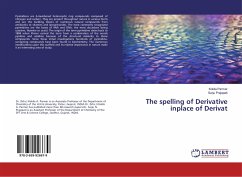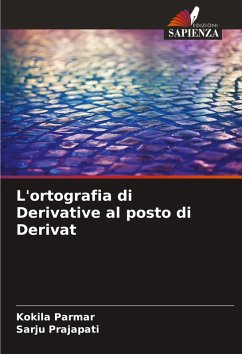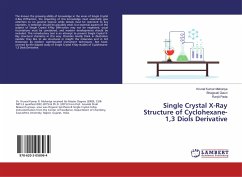
The spelling of Derivative inplace of Derivat
Versandkostenfrei!
Versandfertig in 6-10 Tagen
24,99 €
inkl. MwSt.

PAYBACK Punkte
12 °P sammeln!
Pyrimidines are 6-membered heterocyclic ring compounds composed of nitrogen and carbon. They are present throughout nature in various forms and are the building blocks of numerous natural compounds from antibiotics to vitamins and liposacharides. The most commonly recognized pyrimidines are the bases of RNA and DNA, the most abundant being cytosine, thymine or uracil. The origin of the term pyrimidine dates back to 1884 when Pinner coined the term from a combination of the words pyridine and amidine because of the structural similarity to those compounds. Since these initial investigations hun...
Pyrimidines are 6-membered heterocyclic ring compounds composed of nitrogen and carbon. They are present throughout nature in various forms and are the building blocks of numerous natural compounds from antibiotics to vitamins and liposacharides. The most commonly recognized pyrimidines are the bases of RNA and DNA, the most abundant being cytosine, thymine or uracil. The origin of the term pyrimidine dates back to 1884 when Pinner coined the term from a combination of the words pyridine and amidine because of the structural similarity to those compounds. Since these initial investigations hundreds of pyrimidine-containing compounds have been found in biochemistry. The numerous modifications upon this scaffold and its relative importance in nature make it an interesting area of study.












